A raised bed is a good option to grow vegetables and flowers. There are many benefits of raised beds such as easy to maintain, no bending and kneeling and in the last, lessen the danger of weeds and pests. In this article, I’m going to elucidate all the steps to grow beets in a raised bed.
Beets are herbaceous biennial root vegetables that belong to the family Chenopodiaceae. This vegetable is erect with roots and leaves which are on stems.
The shapes of leaves are oval and they are arranged on the stem. The length of leaves can be 20 to 40 cm. This plant has green flowers and it can grow up to 1 to 2 cm.
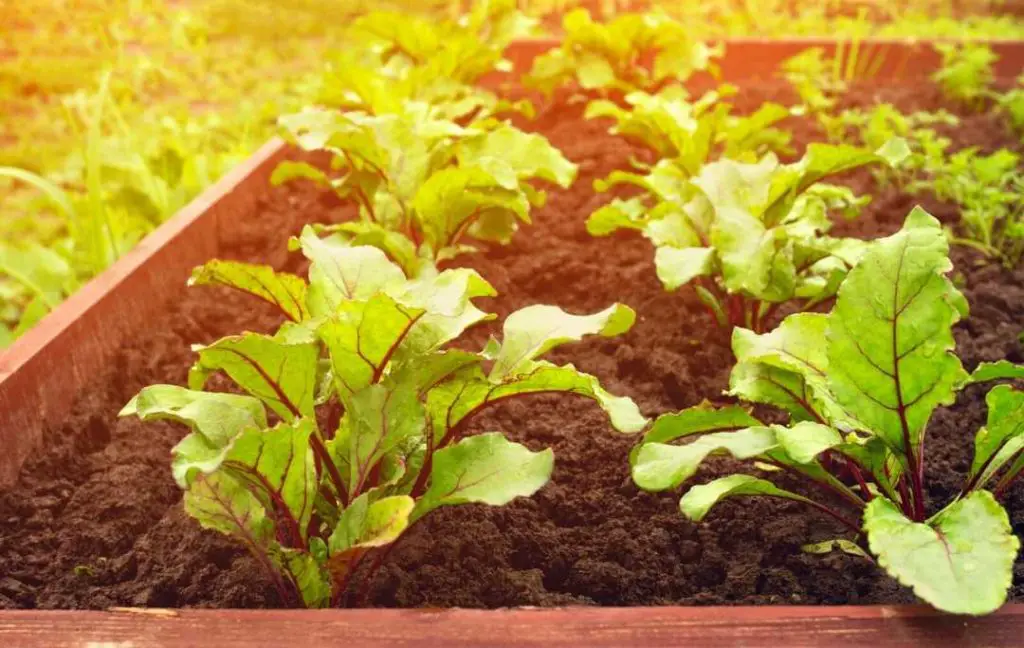
This is an annual plant that can be harvested after one growing season. Beet is a dual-purpose crop as you can eat not only its roots but the green tops also.
It is a cool-season crop that likes to grow in well-prepared soil and full sunlight. The best thing about this crop is that it can tolerate the cold weather.
When you see the size of the beetroot is like a golf ball or tennis ball, this is the best time to harvest it. If you wait for a larger size then the roots will become woody and tough.
DIFFERENT VARIETIES OF BEETS
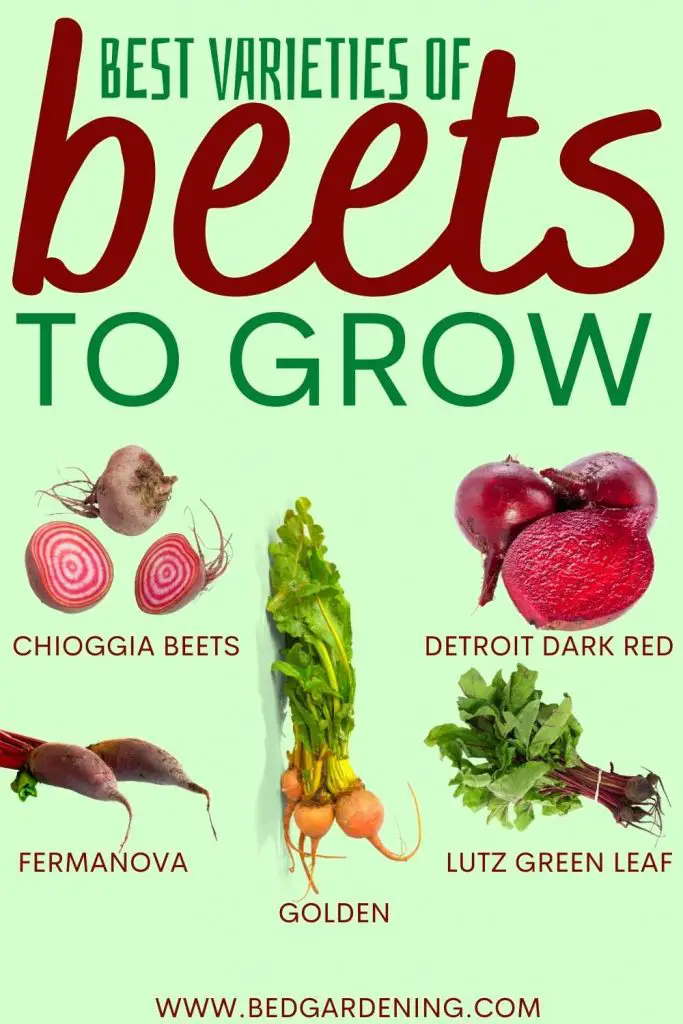
There are different varieties of beets, but if you are a beginner then you should prefer the bolt resistant variety because they have less chance of bolting in the warm weather.
If you make some research you will find beets are found in yellow, deep red, white or striped roots of different shapes. There are different sizes and shapes of beets, it depends upon the variety you are planting in your raised bed.
This is an interesting thing that some varieties are grown for their greens, not for their roots. This is because the greens have more nutritional value and delicious flavor as compared to roots. Now we are going to discuss some varieties of beets that you can grow easily in your raised bed.
CHIOGGIA
The maturing time of this variety is 55 days. The taste of this type of beets is sweet and the color is red and white striped flash.
DETROIT DARK RED
The maturing time of this variety is 59 days. This is found in deep red and the shape is round. The diameter of this variety is 2-½ to 3 inches. you can use green as well as roots. It can grow well if you provide the best soil and temperature conditions.
FERMANOVA
This variety matures in 60 days. It is found in a cylindrical shape and grows up to 8 inches long and you get uniform slices from it.
GOLDEN
The maturity time of this variety is 55 days. It is found in an unusual carrot color but its taste is exactly like real beets and they don’t bleed. The greens and roots both are very delicious.
LUTZ GREEN LEAF
The maturity time of this variety is about 80 days. The size of this variety is very unique as it grows 4 times the size of normal beets. It will give a sweet taste if you harvest it when its size is very small.
WHEN TO PLANT BEETS?
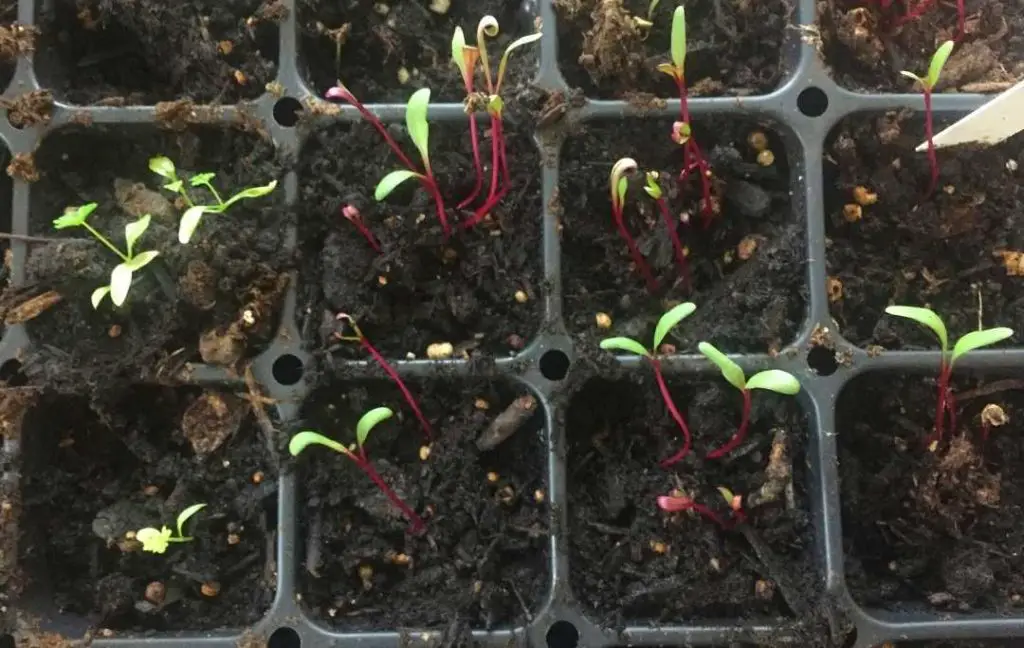
Early spring is the best time to start your first round of beets. As you are growing in the raised bed so you can start planting early. If you are growing beets in the ground so you have to wait till the soil becomes workable.
- You should do successive planting every 2 to 3 weeks until mid-summer but the temperature of the daytime should not exceed 75 Fahrenheit.
- The germination of seeds will take place within 5 to 8 days if the temperature of the soil is 50 degrees Fahrenheit or 10-degree centigrade but in cold areas, the germination period may exceed 2 to 3 weeks due to the low temperature of the soil.
- If you want to harvest your beet crop in the fall then you should sow seeds from mid-summer through early fall. The best time for sowing seeds is 4 to 6 weeks before the first fall frost.
- If you want to speed up the germination process then soak the seeds in warm water for 24 hours before sowing in your raised bed.
CHOOSING THE SITE FOR YOUR RAISED BED AND PREPARE THE SOIL

- As you know sunlight is necessary for your plants so choose the best site for your raised bed where your beet plants get full sun exposure.
- Well prepared and fertile soil is needed for the best growth of beat crops but beet plants can tolerate low soil fertility.
- If the soil has rocks and other obstacles then remove it from the soil. As beets are root crops so your soil should be free from rocks and stones.
- The pH of the soil is between 6.0 and 7.0. If the soil is slightly alkaline then it can be tolerated but the pH of the soil is not below 6.0.
- A large amount of nitrogen will give a lot of greens but the size of the beetroot will become tiny beneath the soil.
HOW TO PLANT BEETS?
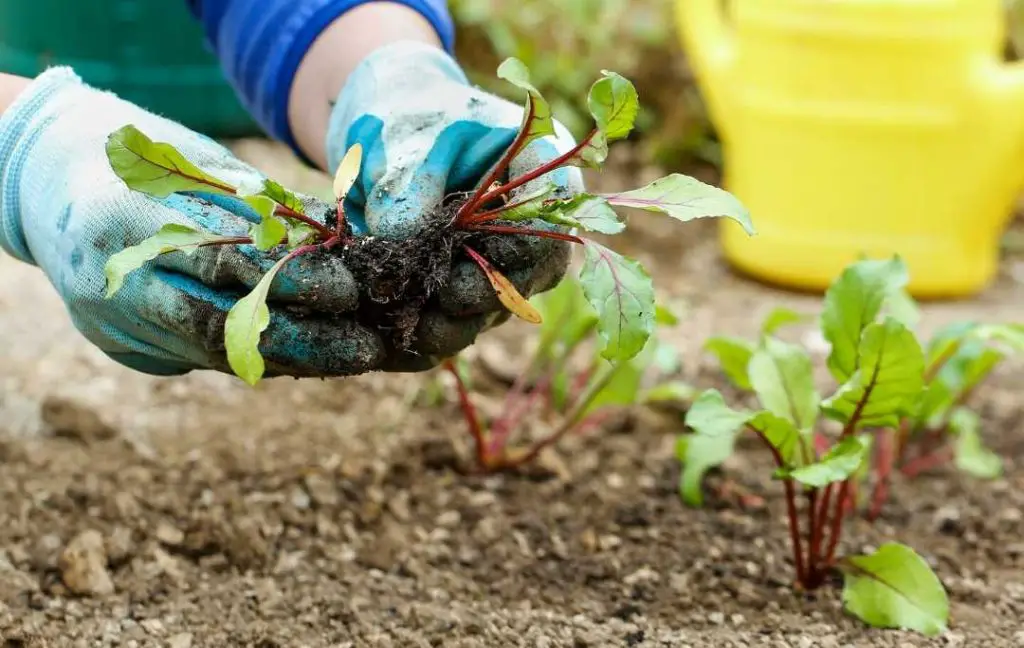
- You can easily transplant beetroot. It is not one of those plants which don’t like disturbance.
- Or sow the seeds of beetroot half-inch deep in the raised bed. There should be a distance of 1 to 2 inches between the seeds in the rows. The rows should be one foot apart and cover the seeds with a layer of soil after sowing.
- Remember each wrinkled beet seed is a cluster of 2 to 4 seeds when greens grow up to 4 inches tall you need to thin the young plants.
- During thinning of plants, don’t pull them. In this way, the roots of the plants might be disturbed. so just snip off the greens.
- For the fast germination of seeds keep your soil moist. if you want fast germination then soak up the seeds before planting.
HOW TO TAKE CARE OF BEETS?
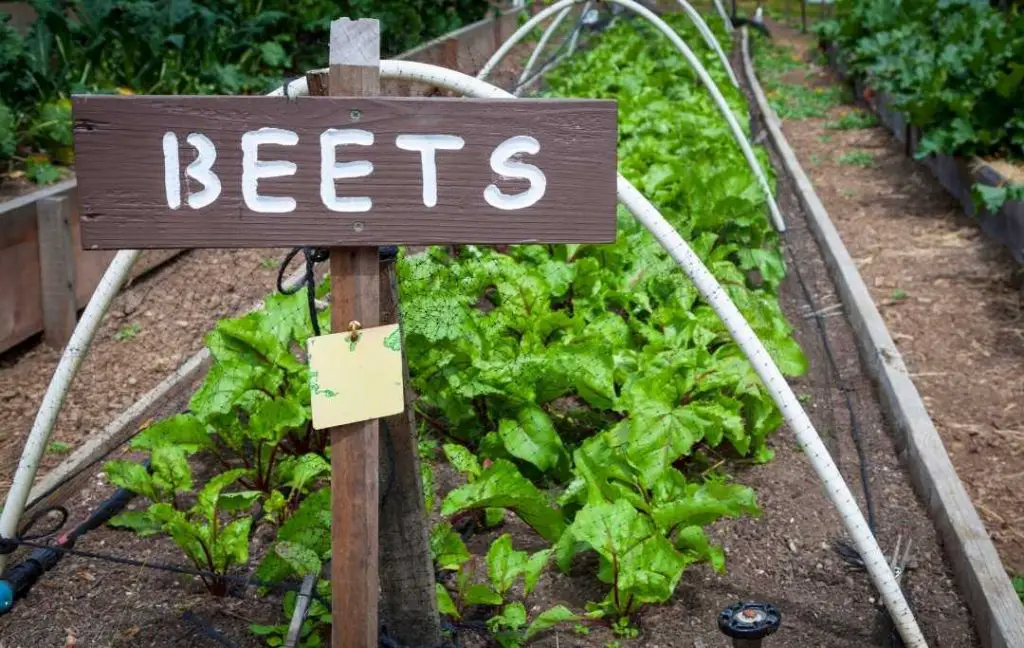
- As is mentioned above that more than one seedlings emerge from each seed, so thinning is necessary. When you see the tops of the beetroots are 4 to 5 inches tall then thin the seedlings 3 to 4 inches. You can also pinch or cut off the leaves as pulling from the ground may disturb the roots.
- Apply a layer of mulch so it will help to retain the moisture within the soil. Water the roots regularly about 1 inch per week. Beetroots like moisture so check the dryness of the soil with the help of your finger.
- You can also use grass clippings and sprinkle them around your beet plants. These clippings have a little amount of nitrogen which beetroots love. It will also help to retain the moisture and protect plants from weeds.
- Beets need an adequate amount of nutrients especially phosphorus. You can apply fertilizer to fulfill the needs of beet plants and see the results in the form of better development in the plant.
- To prevent beetroots from bolting in summer, you should use a shade cloth. When you see weeds then be gentle with young plants because shallow roots of beets can easily disturb by weeding.
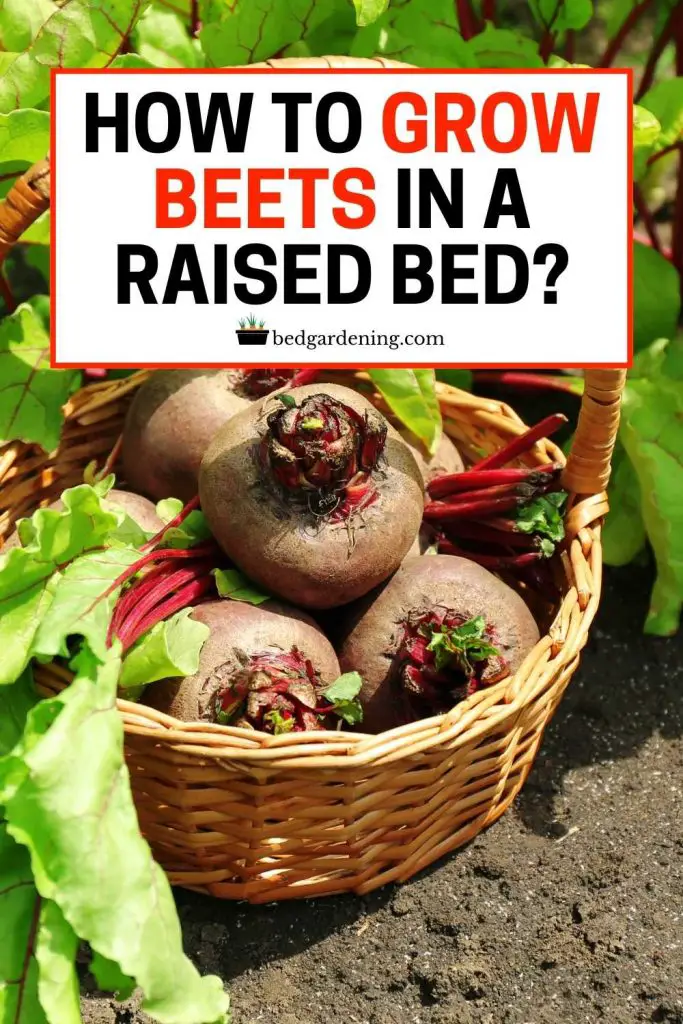
COMMON PESTS AND DISEASES
There are many diseases and pests which are dangerous for your beet crop. Some diseases and pests are going to be mentioned below.
BACTERIAL BLIGHT
The symptoms of this disease can be seen on infected leaves. The circular spots with brown centers and black borders are a clear symptom that your plant is affected. The reason for this disease is due to bacteria. You can avoid this problem by using healthy and disease-free seeds.
SCAB
Small round spots on the roots is a symptom of this disease. The reason behind this disease is a bacterium. Use high-quality soil to prevent your plant from this disease. If you are using garden soil in a raised bed then your beet plant can be a victim of this disease.
ROOT KNOT NEMATODE
This nematode causes galls on roots. As a result, you will see yellowing plants which become the reason for the death of beet plants. You can prevent your plant by planting resistant varieties.
DARKLING BEETLE (ROVE BEETLE)
This beetle damages the stems on the plant. This insect is 0.6m long. You should remove all weeds and use an insecticide to control the insect’s population.
LEAFMINERS
This insect feet on the leaf interior which can result in white blotches on leaves. So keep an eye on the plant and use an insecticide to reduce the population of this enemy.
HOW TO HARVEST BEETS?
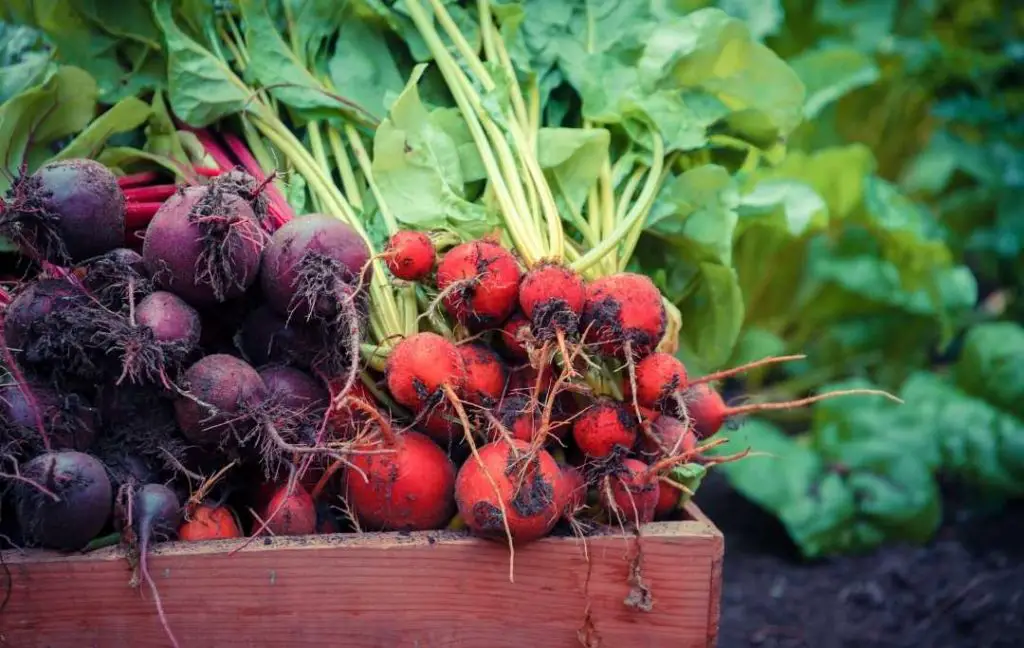
Beats can be harvested for two purposes, leaves or roots. You can twist off the young leaves anytime you need them. You can use them in your salad or sandwiches.
You can harvest roots when the size of them is according to your choice. You can harvest from baby beets up to chunky tennis ball size.
- Mostly beets can be harvested between 55 to 70 days. It means you can harvest beets within 2 months.
- When you see the size of the roots of the beet is about a golf ball or larger then it is the right time to harvest it because the larger size will become woody and hard.
- For harvesting, you should loosen the soil around the beet and slowly pull off the roots from the raised bed. Make free your roots very gently from the soil. You can also use a hand fork if you are growing cylindrical varieties.
- You can harvest greens anytime you should take one or two mature leaves per plant. When you are harvesting leaves then don’t trim the roots otherwise they will start bleeding and make a terrible mess. Leave some leaves on the plant so roots will properly develop. Without leaves, it is not possible for the roots to fully grow.
HOW TO STORE BEETS?
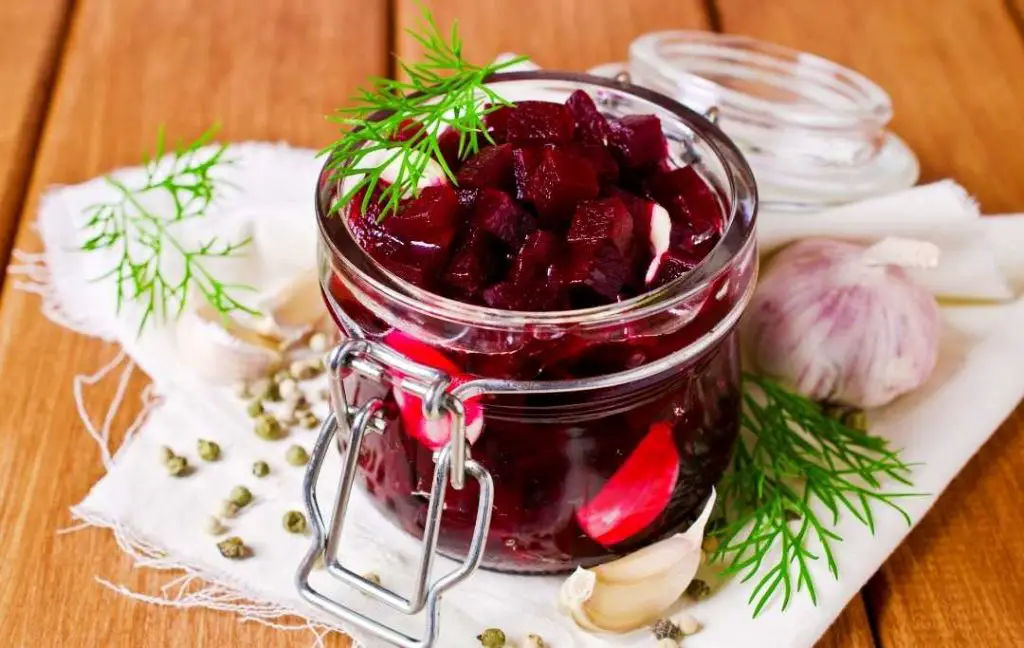
Most of the time, you have a large number of beets so you can store them for future use. Choose the best way of storing so you can use beets for a long time.
This vegetable is full of nutrition. You can use them as fresh, boiled, roasted, or pickled. It is up to you how you use them in your dishes. You can also eat them as raw or use them in salads
- You can store fresh beets in the refrigerator for 5 to 7 days. If you want to keep beetroot fresh for a long time leave 1 inch of stems on each beetroot and clip the tops off.
- If you see any soil is clinging to roots brush off from the roots for long-term storage. Now bury the roots in layers, keeping distance in each root in sand or sawdust.
- Select a cool and dry place for storing roots. You can also store them in your basement.
- If you see sprouting then it is a sign of poor storage and it leads to decay of your roots. You can’t use these beetroots for eating purposes. You can also freeze, canned, or store in the form of a pickle.
